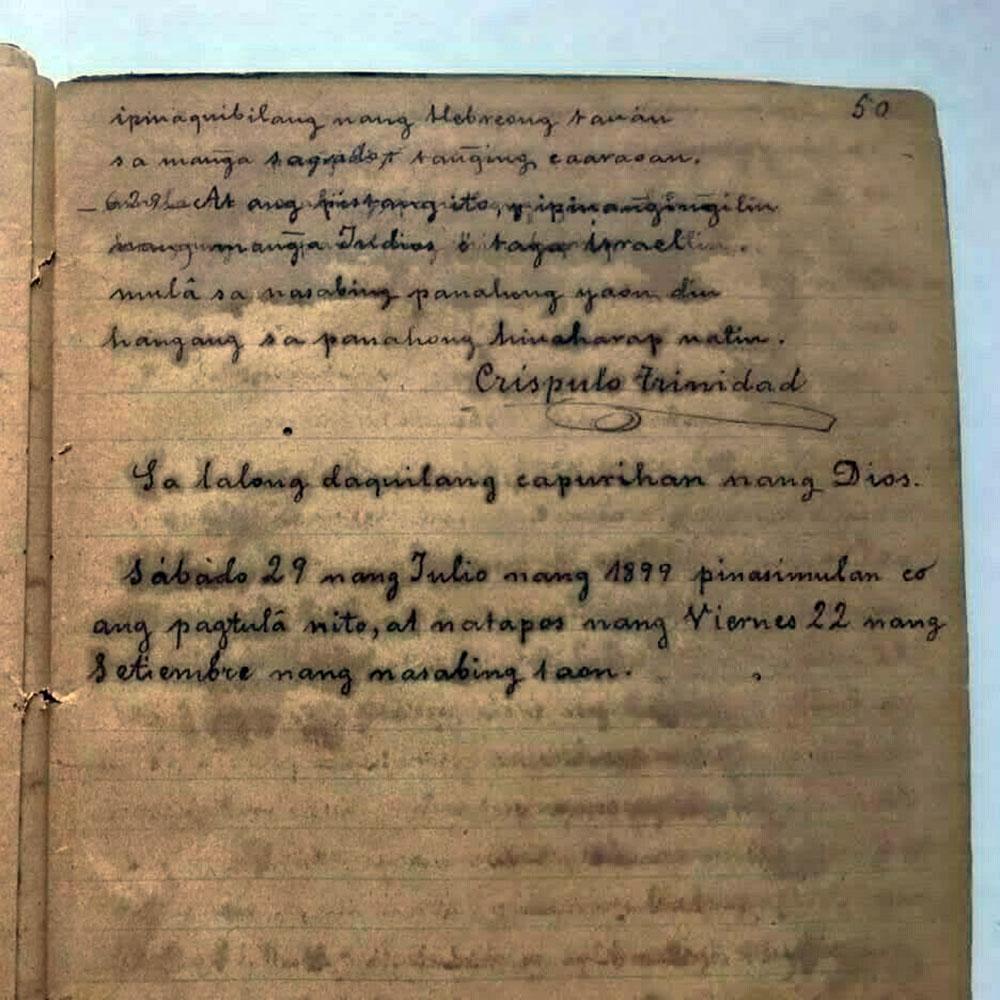

Symbols representing the five wounds are depicted on Underwood's tomb in Norwich, despite not being commonly found in Norfolk's churches. A passionate supporter of the Roman Catholic church, Underwood became auxiliary bishop of Norfolk in 1505 then lost his position in 1535 so it's likely the roll was made between these dates.įurther connections between the roll, the Rood and Underwood can be made through the imagery of the five wounds Christ received during his crucifixion, according to the study. Turner has been able to estimate the document's age through a reference in the roll to 'John of Chalcedon' or John Underwood, the penultimate prior of Bromholm. Indeed, the historian reveals abrasion marks are visible on the Bromholm roll where the owner has engaged in such a 'devotional act identified in other similar rolls'. The Aberdeen Bestiary (Aberdeen University Library, Univ. The most ancient manuscript is a cuneiform tablet (image at left) in the.

Worshippers regularly touched or kissed images of Jesus on the cross in an attempt, says Turner, "to experience Christ's Passion more directly and powerfully". Individual Manuscripts Our holdings include over 800 bound manuscript volumes.

The relic transformed the Priory into a popular pilgrimage site mentioned by Geoffrey Chaucer and in The Vision of Piers Plowman. The 'Rood of Bromholm', as it is known to historians, supposedly contained a fragment of the cross upon which Jesus was crucified. the original text of an authors work, handwritten or now usually typed, that is submitted to a publisher 2. The oldest partial copies of the text of any biblical book are to be found among the Dead Sea Scrolls (treated in next post). manuscript in American English (mænjskrpt) noun 1. It will initially be exhibited at St Cecilia’s Hall, in Edinburgh’s Old Town, alongside a lute also dating from the same time. The Oldest Manuscripts of the Old Testament The original manuscripts ( the autographs) written by the sacred authors themselves are no longer extant for any book of the Bible. "It gives insight into the devotional rituals connected to a large crucifix ('Rood') at Bromholm Priory, in Norfolk, and uncovers a direct link between this 16 th century artifact and a famous religious relic once associated among Christians with miracles." The manuscript, thought to have been created in Bavaria around 1620, is still in its original binding. "In particular," art historian, and study author, Gail Turner states, "the study demonstrates Christian devotion in medieval England. Many common words were abbreviated like this. The three letters we can see are ‘s’, ‘t and i’ ‘sti’. This abbreviation mark is often used in English as well as Latin documents. Now in private hands and previously unknown to experts, this meter-long roll provides fresh insights into Christian pilgrimage, and the cult of the Cross before Henry VIII's dissolution of the monasteries.Įxamination of the ancient roll's illustrations and text, including religious verse in Latin and English, are published in the peer-reviewed Journal of the British Archaeological Association. The horizontal mark over the word is called a 'tilde', and lets the reader know to fill in the gaps.


 0 kommentar(er)
0 kommentar(er)
